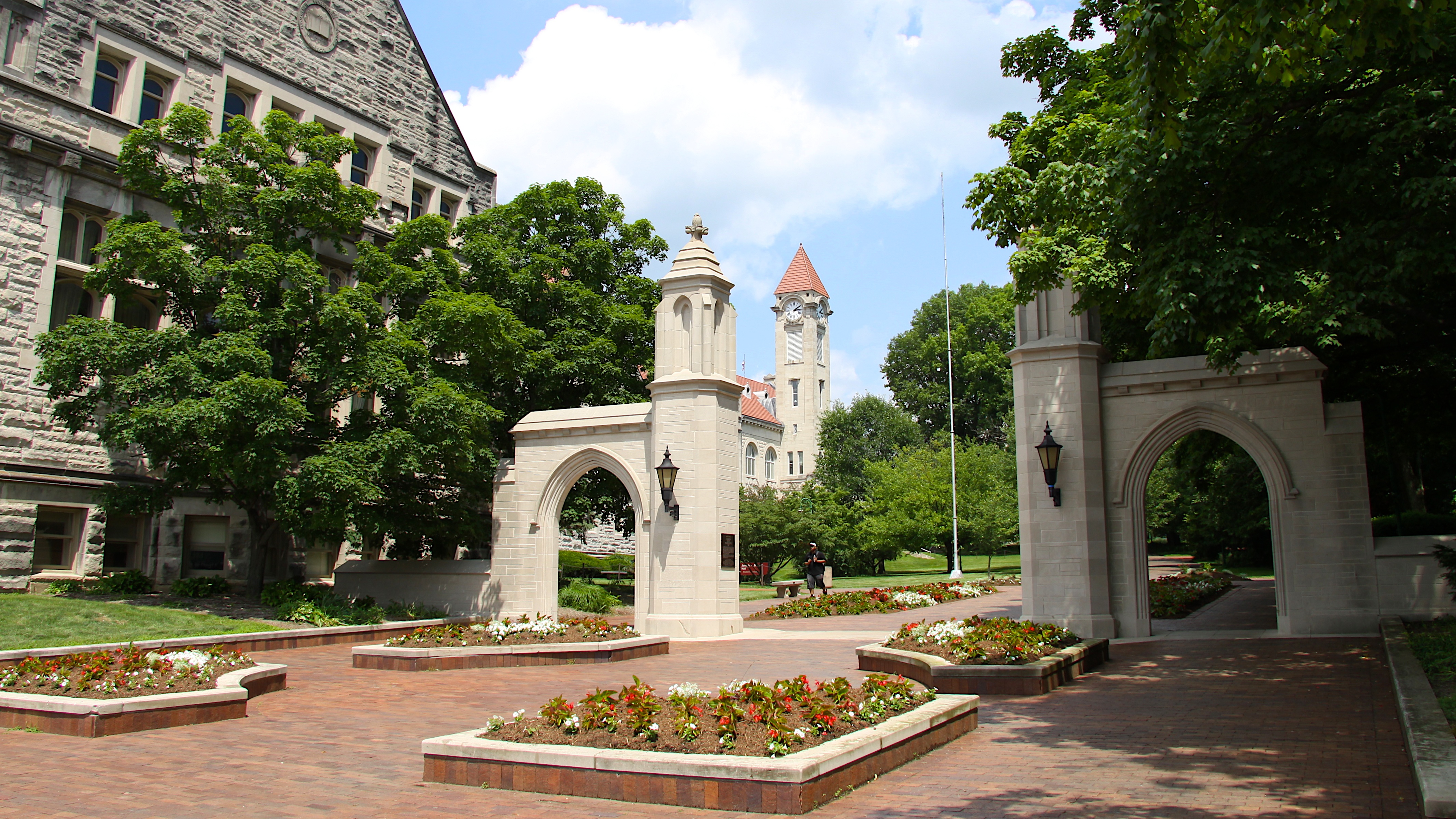
While studying abroad in Germany, I once asked a question of a German business founder and CEO speechless for a couple minutes, and the experience stuck in my mind to this day. The question I asked our class guest speaker was about his company’s engagement in external recruiting to hire workers for his manufacturing firm. His initial pause led to wonder where his company was getting their employees from. Is there a difference in recruiting strategies between the U.S. and Germany? What labor market are they utilizing compared to the U.S.?
I learned from his response about German vocational training schools. This led me to studying the impacts that vocational training schools have in readying employees to enter the workforce into occupations such in the company he owned. I compared the situation in Germany and the U.S.
I sought to answer the question how the presence or absence of vocational training programs in select German and U.S. occupations affects the gender diversity of their working population. My hypothesis was that Germany’s reliance on federally instituted vocational training programs, to employ laborers, decreases their engagement in external recruiting, evident in the gender seen in their working population. I hypothesize that the United States, not bound to mandated vocational programs, has the flexibility to recruit different types of employees and will thus, have a greater gender variety seen in their working population.
What are vocational training programs? Vocational training programs serve as a secondary level education option in which students split their time between traditional class work and on-hands training experience. These programs are facilitated by education institutions, qualifying employers, trade schools, and/or the local government.
The United States has a decentralized apprenticeship program, evident in the federal government’s inaction and regulation of vocational training programs, leading states and local actors to maintain their own programs. Germany has a long history of working with unions, employers, and the government to create a robust, adaptive program that equips participants to begin working in the occupation of their study.
To conduct my hypothesis-testing comparative case study between the United States and Germany, I used U.S. and German government websites to randomly select 40 job occupations that were split 20/20 between the two countries. Those 20 occupations were made up of at least 10 occupations that required vocational training programs and 10 that did not require vocational training programs. From there, I used two German and U.S. datasets to gather employee gender demographic information based on occupational groups. I took my randomly selected occupations and paired them with their most relevant occupational groups, by country, to conduct two groups of Wilcox statistical tests and two rounds of Chi Square statistical tests.
From both groups of my Wilcox statistical tests, it can be concluded that we will reject the null hypothesis that the number of employees in the U.S. and Germany are independent of one another. This is seen in the observed significance value being greater than the critical value at a significance level of 0.05. This test conveys that there is a significant difference in the number of employees in both countries working in different occupations with or without vocational training programs.

While this seems like a common sense statistic, I created a bar chart that summarizes the difference in the significance levels seen in both groups. These results require further investigation as to why these differences exist and whether vocational training programs play a role in that.

Transitioning from my Wilcox findings, the first round of chi-square tests concluded that we will reject the alternative hypothesis that employee gender and country, with a respective occupation, are dependent on one another. This can be seen by the Chi-Square Statistic being less than the tabulated value at a significance level at 0.05.

My second round of chi-square tests concluded that we will reject the alternative hypothesis that employee gender and occupation within a country are dependent on one another. This can also be seen in by the Chi-Square Statistic being less than the tabulated value at a significance level at 0.05.

The findings of my study show that the gender employees are not correlated with the presence or absence of vocational training programs in select occupations in the United States and Germany. Therefore, my hypothesis can not be confirmed nor denied at this time.
Future researchers conducting similar experiments may want to consider quantifying factors such as education level of a candidate, prior to entering or not entering a vocational training program and federal employment laws that could influence U.S. and German employers’ hiring decisions. Measuring inclusion should also be considered in further studies to validate the results of this research or to gain understanding of other externalities that could be impacting the relationship between the two countries, vocational training programs, and selected occupations.
There is a lot of work left to be done in this area and I hope my research has brought some awareness toward this method of hiring employees and the importance of ensuring that no matter the country or the culture, that every person has the same opportunities to pursue the career they desire.
Lillian Clarke is a senior graduating with a degree in Human Resource Management and minors in Theatre and Law and Public Policy. She enjoys reading, playing solitaire and hopes you will study abroad in your time at IU!














